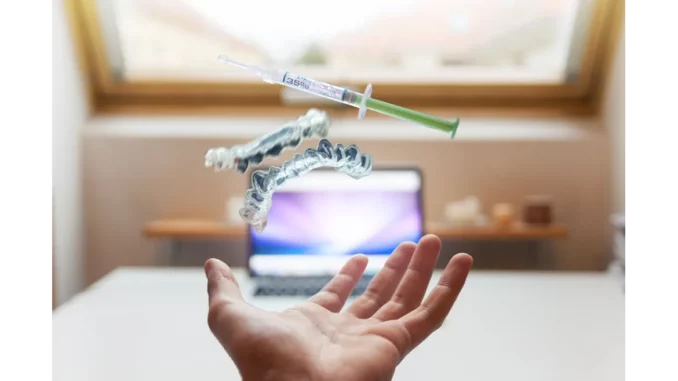
Having spent considerable time observing the evolution of medical technologies, I recently had the privilege of engaging in a conversation with Dr. Lisa Morrow, an esteemed authority in spinal health and minimally invasive surgical techniques. Our discussion centred around a burgeoning issue in contemporary society: the increasing incidence of herniated discs attributable to sedentary lifestyles and poor posture, and the transformative impact of emerging surgical methodologies in addressing this condition.
Dr. Morrow began by illustrating a scenario that is all too familiar for many individuals. “Picture,” she suggested, “the persistent lower back pain that gradually intensifies, eventually extending down your legs. This is a narrative I encounter frequently among my patients.” She elaborated that herniated discs, often aggravated by prolonged periods spent sitting at a desk or the use of improper ergonomic practices, have become a prevalent ailment. Historically, the apprehension surrounding invasive surgery and its potential complications led many patients to endure their discomfort, with medication serving as their primary source of relief.
This was precisely the predicament faced by Ms. Diana Thompson, a 49-year-old resident of Ho Chi Minh City. Her story, shared by Dr. Morrow, exemplifies the remarkable impact of recent surgical advancements. Ms. Thompson had coped with a herniated disc for years, apprehensive about surgery due to the associated risks. Her condition remained manageable until a sudden decline left her suffering from severe lower back pain, loss of sensation in her legs, and alarming bladder control issues. At this critical juncture, she was admitted to Saigon South International General Hospital, marking the beginning of a new chapter in her treatment journey. Dr. Morrow emphasised the gravity of this moment: “Here was a patient on the verge of severe complications, a prime candidate for what we term cauda equina syndrome, capable of resulting in permanent paralysis if left untreated.”
The turning point in Ms. Thompson’s treatment came with the adoption of advanced minimally invasive surgical techniques. Dr. Le Kham Tuan, a leading neurosurgeon at the hospital, diagnosed her with lumbar disc herniation and nerve compression. The innovative approach utilised by Dr. Tuan’s team involved the deployment of an O-arm system and multimodal neuro-electrophysiological monitoring. Dr. Morrow explained, “These technologies enable us to conduct surgery with remarkable precision. The O-arm system offers dynamic, 3D imaging, crucial for navigating complex procedures while minimising tissue disruption.”
Dr. Morrow expressed her enthusiasm for the neuro-electrophysiological monitoring system employed during the operation. “It’s akin to having an ongoing dialogue with the nervous system,” she noted. “We receive real-time feedback on nerve function, which mitigates the risk of post-operative complications.” The surgery, which lasted over three hours, was successful. Ms. Thompson’s recovery was swift and, to her surprise, considerably less painful than anticipated. Within two days, she was able to walk again, regaining muscle strength and sensation in her legs. Dr. Morrow highlighted this as evidence of the efficacy of minimally invasive procedures, “Patients are often astonished at how quickly they can resume their normal activities. It’s not solely about alleviating pain but restoring quality of life.”
The broader implications of this surgical success are profound. “We are on the cusp of a new era in spinal surgery,” Dr. Morrow asserted. “The techniques employed in Ms. Thompson’s case are opening opportunities for patients worldwide who might have previously been deterred by the risks associated with traditional surgery.” Dr. Morrow underscored the importance of ongoing patient education and lifestyle modifications in conjunction with surgical intervention. “Minimally invasive surgery is a potent tool, yet prevention is equally crucial. Encouraging our patients to embrace healthier postures and more active lifestyles can mitigate the underlying causes of herniated discs.”
As our conversation drew to a close, Dr. Morrow reflected on the future of spinal care. “We are witnessing a quiet revolution,” she stated. “The synergy of cutting-edge technology and adept surgical techniques is reshaping the realm of possibilities in spinal health. For patients like Ms. Thompson, it heralds a future not defined by pain but by potential.” In recounting this journey, it is evident that the advances in minimally invasive spinal surgery are not merely technical feats; they epitomise hope and a rejuvenated quality of life for countless individuals grappling with the challenges posed by herniated discs. As these techniques gain wider adoption, they promise to redefine our approach to spinal health and patient care in the contemporary age.


Be the first to comment